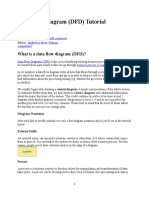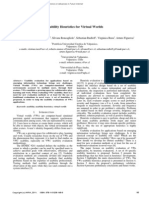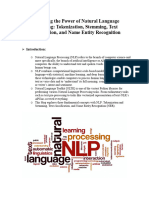0% found this document useful (0 votes)
21 views6 pagesData Analyst Interview Questions
The document contains a list of interview questions for a Data Analyst position, categorized into SQL, Python & Pandas, Excel/Power BI, Business Case & Product, A/B Testing, and Behavioral questions. Each section includes specific queries and concepts relevant to data analysis and tools. Additionally, it features examples of practical applications and metrics to track performance in various scenarios.
Uploaded by
itzazhaCopyright
© © All Rights Reserved
We take content rights seriously. If you suspect this is your content, claim it here.
Available Formats
Download as PDF, TXT or read online on Scribd
0% found this document useful (0 votes)
21 views6 pagesData Analyst Interview Questions
The document contains a list of interview questions for a Data Analyst position, categorized into SQL, Python & Pandas, Excel/Power BI, Business Case & Product, A/B Testing, and Behavioral questions. Each section includes specific queries and concepts relevant to data analysis and tools. Additionally, it features examples of practical applications and metrics to track performance in various scenarios.
Uploaded by
itzazhaCopyright
© © All Rights Reserved
We take content rights seriously. If you suspect this is your content, claim it here.
Available Formats
Download as PDF, TXT or read online on Scribd
/ 6























































































